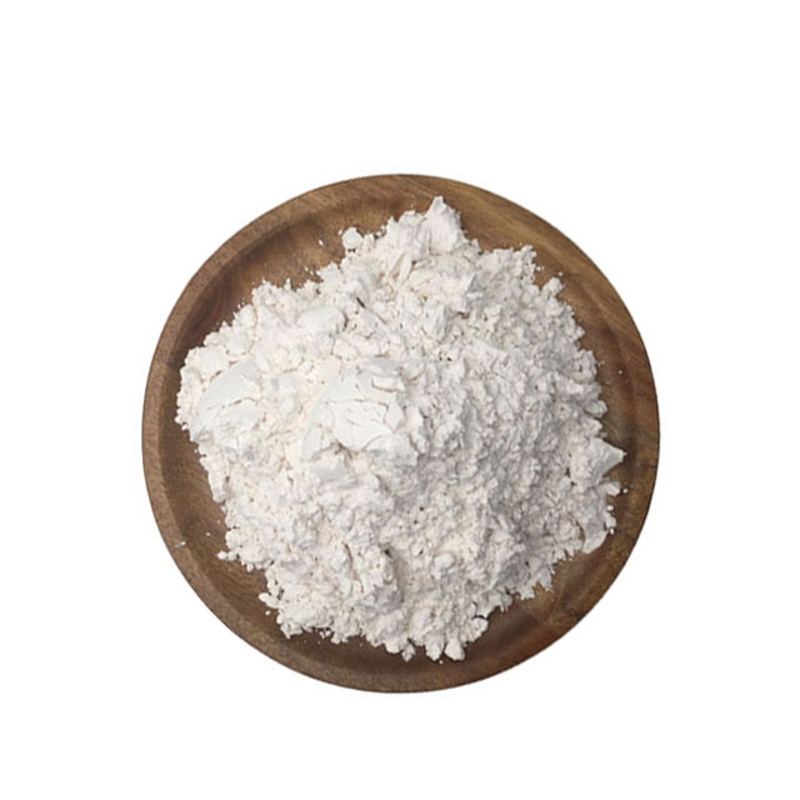Prevention and control of cerebrospinal fluid leakage after surgery on the soles of the nose under the endoscope
-
Last Update: 2020-06-01
-
Source: Internet
-
Author: User
Search more information of high quality chemicals, good prices and reliable suppliers, visit
www.echemi.com
In recent years, endoscopic endonasal surgery has been widely used to remove craniofacial tumors, but postoperative cerebrospinal fluid leakage (CSF leak) has caused great confusion among surgeonsThe reconstruction of the cranial base of the mucous membrane valve in the nose effectively reduces the incidence of cerebrospinal fluid leakage, but can not be completely eliminatedAlthough lumbar drainage (LD) can prevent cerebrospinal fluid leakage, there are complications such as neuroroot headache, neuroroot lesions, transitional drainage induced bleeding, and limited patient mobilityNathan TZwagerman, of the University of Pennsylvania School of Medicine' Neurosurgery, and others conducted a forward-looking randomized controlled study to assess the effects of cerebrospinal fluid leakage after endoscopic surgery in the lumbar pool drainage, published online october 2018 in J Neurosurgstudy methodologystudy included 170 patients who had nose-to-nose surgery under the endoscope and had a large number of cerebrospinal fluid leaks between February 2011 and March 2015The patient's cranial epidural has more than 1cm2 of open mouth, the cobweb membrane is widely stripped and operated on the ventricle or brain poolThe surgical lynoss used 0.5-inch cotton sheets to estimate the area of the cobweb break and then used the tool to measure the specific area valueCerebral spinal fluid leakage repair is performed by an otolaryngologist and neurosurgeonThe researchers randomly divided patients into LD groups and non-LD groups, with 85 cases eachThe LD group performed waist-high pool tubeting immediately after cerebrospinal fluid leakage repair surgery, and the drainage tube was retained for 72 hours, with an hourly lead flow control of 10 mlAfter 30 days of follow-up, the presence and absence of cerebrospinal fluid leakage were confirmed by methods such as biochemical detection of cerebrospinal fluidStatistical analysis of the data was used by SAS software and sub-group analysis was performed on different parts of the lesions(e.gfront cranial nest, back cranial nest, saddle, etc.)the results of the studypatients with cerebrospinal fluid leakage after surgery, 7 cases (8.2%), 18 cases (21.2%) in the non-LD group;56 patients with an eSO history or a history of open cranial surgery did not have a significant increase in the incidence of cerebrospinal fluid leakage after re-eAS (p-0.43)complications, patients with deep vein thrombosis or pulmonary embolism occurred, 9 cases in LD group, 5 cases in non-LD group, there was no significant difference between the two (p-0.26)there was no significant difference in lung infections, meningitis and other complicationsanalysis of the incidence of cerebrospinal fluid leakage after tumor surgery in different areas showed that the pre-cranial and post-cranial tumors were more prone to cerebrospinal leakage than tumors in the saddle, with incidence rates of 20%, 22% and 7% respectively (p-0.019)statistics on the area of epidural leakage, it was found that the average area of leakage in patients with precranial tumor was 7.2cm2, and that of patients with the tumor of the precrantic armand and 1.6cm2 in the saddle tumor, respectivelyThe average area of the epidural leakage of the epidural in patients with cerebrospinal fluid leakage6.2cm2, significantly higher than that of patients withno-brained spinal fluid leakage of 2.9cm2 (p-0.03)conclusionsthe study showed that patients under the endoscope through nasal access surgery, waist large pool drainage, can significantly reduce the incidence of cerebrospinal fluid leakagein addition, patients with pre-cranial and post-cranial tumors are more likely to have cerebrospinal fluid leakage than patients with tumors on saddlesthe larger the area of the epidural, the more likely it is that cerebrospinal fluid leakage will occur.
This article is an English version of an article which is originally in the Chinese language on echemi.com and is provided for information purposes only.
This website makes no representation or warranty of any kind, either expressed or implied, as to the accuracy, completeness ownership or reliability of
the article or any translations thereof. If you have any concerns or complaints relating to the article, please send an email, providing a detailed
description of the concern or complaint, to
service@echemi.com. A staff member will contact you within 5 working days. Once verified, infringing content
will be removed immediately.







